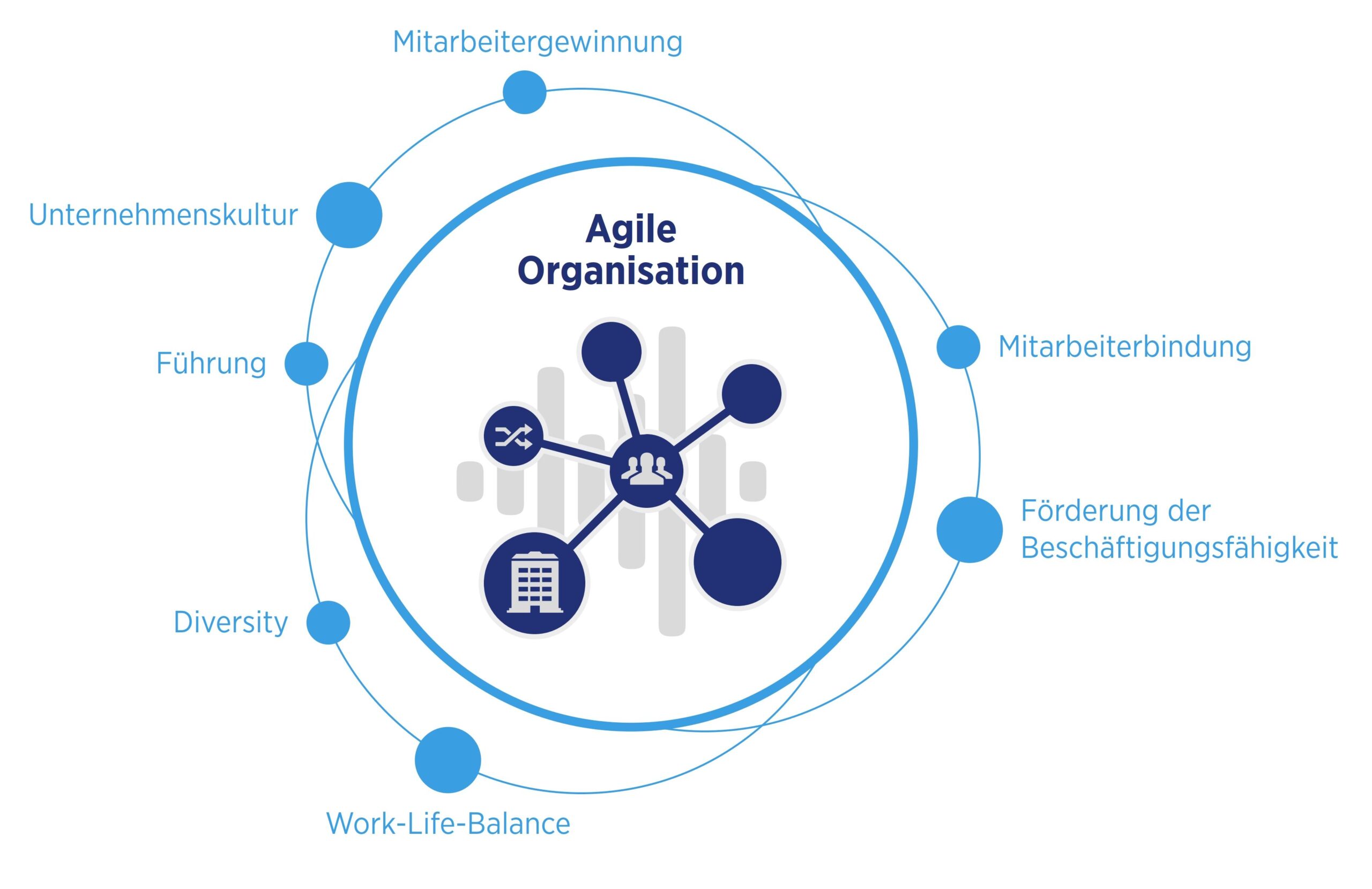Benefits of agile culture in an organization
Technology is changing very quickly, and we have to process a lot of information in a short amount of time. Old methods don’t seem good to follow anymore. Traditional structures are too rigid and restrictive. If we don’t keep up with the modern world, we’ll go out of business. Many companies have found that using Agile methods helps them stay ahead of their competitors.
Many businesses have already switched to agile development teams, but this is not enough. To use this methodology to its fullest potential, your whole organization should become agile.
A scrum and agile culture can bring several benefits to an organization. Organizations that embrace an agile culture can be more adaptable and responsive, leading to improved communication, increased customer satisfaction, and increased profitability.
Transforming a traditional company environment into an agile one can be difficult. Everyone in the team must understand why the company is becoming agile and living the culture. This article will explore some reasons about the benefits of agile culture in an organization.
Faster time-to-market
We’ve all been there at some point. We put a lot of hard work into a project that took about 20 months, only to find out that the result was not what we wanted and that our customers were no longer interested. We need to work quickly to create a product that people will like. So, by the agile culture, we can use new technologies and solutions that come out every day. This way, we won’t have to spend 20 months on the project. We can do it in two-week cycles.
Customer satisfaction
Having a good relationship with the customer means that they are more involved in finding a solution that is right for them. This active collaboration is one of the main things that makes Agile methodology successful.
The Agile methodology always involves the customer in the decision-making process. This leads to better customer retention. The traditional framework only involves the customer in the planning phase, and they are not involved in execution.
This affects the flexibility and adaptability of the final product. Making changes based on customer feedback is important because it makes sure that the customer gets what they want. This makes the customer happy, which is valuable to them and your business.
Also, Agile Project Management helps you get your product to market faster. This means that you can take advantage of opportunities quickly and sometimes be the first in the market. When customers enjoy these benefits because of your work, they are likely to return to you for future projects.
Better quality
By following Agile methods, the team can focus on a small part of the product and ensure high quality. Agile testing is done throughout the product’s life cycle, unlike traditional methods where testing only starts once the product is finished. This means that problems are found and fixed early before they become more significant issues.
Better control
Agile helps managers have better control over the project. This is because agile has features that make it more transparent, like feedback and quality control. The project stays on track because everyone involved knows what is happening daily. This happens through advanced reporting tools and techniques.
Better Company Environment
The best part of Agile is that it allows you to work in a team. The team is empowered to make decisions and is inspired by a common goal. This makes the workplace more enjoyable because people are engaged and cooperative. Plus, it just makes work more fun!
Reduced risks
Even if a project using an Agile methodology doesn’t go as planned, there can always be utilized and used in the future. This is because Agile projects are done in small sprints and focus on continuous delivery.
Higher productivity
Agile teams are self-organized. This means they are in charge of their own work and how they do it. This makes them more productive and motivated to do a good job. Agile also offers clearer schedules and better integration, which helps employees focus on getting tasks done.
Improved team morale
As Agile teams are self-organized and self-managing, they have more control over their decisions. The project manager protects the team from interference from sponsors and management. Having different members with different skills on a team helps everyone learn new things. This helps them work better together. Because there are not too many people on the team, Agile allows for flexible team structures that let people work closely together.
Faster return on investment (ROI)
At the end of the day, agile teams deliver something valuable to the business. Having something to show makes it easy for customers to see that they are getting what they paid for and that their expectations are being met.
Effective communication
Agile way of working means having teams working together to create and support a product. People are no longer working in isolated departments or functions. They are now working together on projects that they create together. That’s why Employees in Agile companies are generally happier, and communication is more efficient.
Lower cost of development and management
Most project managers know that projects often go over the original estimate. But with agile project management, you can keep costs under control and make changes without spending a lot of money. The Agile methodology is advantageous because the expenses remain fixed even if the project scope changes.
Conclusion
An agile culture values constant change and evolution. In an agile organization, all team members – from the management to the front-line workers – are constantly learning and evolving along with the organization. This way, the organization can always stay ahead of the curve and adapt to new challenges quickly.
The benefits of agile culture in an organization are many and varied. Still, some of the most important ones include increased flexibility, continuous improvement, improved team morale, and more relevant metrics. By adopting an agile culture in your organization, you can improve your chances of success while reducing risks.



